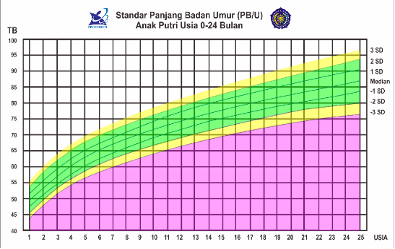Main Article Content
Abstract
The Riskesdas (National Health Survey) by the Ministry of Health in 2020 states that 30.8% of the population is experiencing stunting, which has decreased from 37.2% in 2013. However, the prevalence of stunting remains high, with two provinces having stunting rates above 40%. To address this problem, efforts are needed to prevent stunting through education for health cadres. Cadres often assume that short children do not have a problem as long as they are not experiencing physical illness and can still play with their peers. The purpose of this education is to improve the knowledge and skills of cadres regarding stunting in children and the steps for prevention, detection, and management to reduce stunting rates among toddlers. The educational activities are conducted through health education sessions attended by the health cadres of the Mawar Posyandu in the Sogaten area. The topics covered include the concept of stunting, its causes, signs and symptoms, its impact on growth and development, as well as early detection methods for stunting in children. Through these activities, there is an increase in the knowledge of health cadres regarding stunting and early detection in children, thereby reducing stunting rates and improving child health in Indonesia.
Keywords
Article Details

This work is licensed under a Creative Commons Attribution-NonCommercial 4.0 International License.

